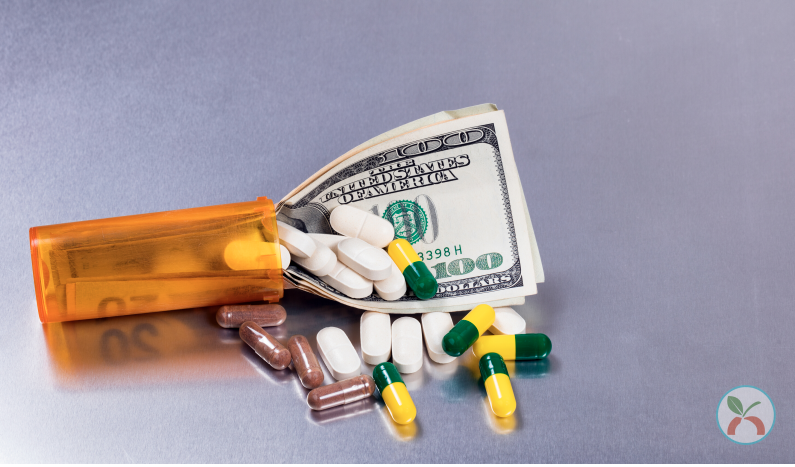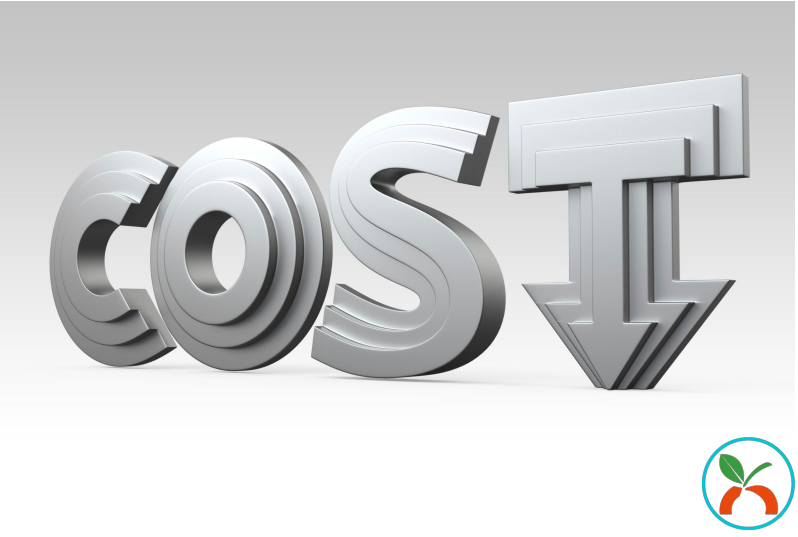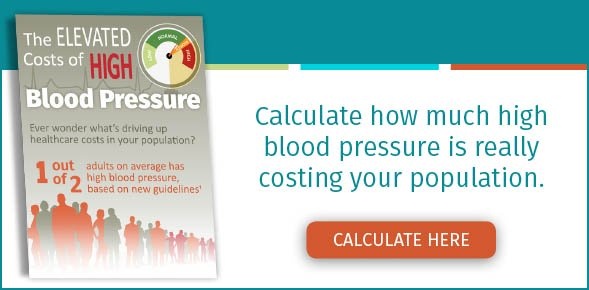It’s no secret - or surprise - that just about everyone would be happy to save money. And if they’re able to save money on healthcare costs by doing things like improving their health or taking steps to proactively lessen their risk of being diagnosed with a chronic disease, then it’s all the better. By having your participants complete health risk assessments (HRAs), you can do just that - improve health by providing interventions that can help prevent diseases while also helping individuals and organizations save money.

Keeping Health Care Costs in Check
For many individuals, reducing medical costs becomes a concern only after they’ve started worrying about them.
However, if they become aware of the fact that they may be at a higher risk for a chronic disease, they may:
- Do everything they can to prevent their risk from escalating
- Stay on top of their health and get regular screenings to ensure that if they are afflicted with chronic diseases, it will be caught early when treatment is more efficient, and
- Pay more attention to how much the costs of prevention and treatment are impacting their finances
Early Diagnosis Cuts Treatment Costs
When it comes to chronic diseases, prevention is the rule of the game. But if prevention is off the table, then an early diagnosis is the next best thing. To be clear, health risk assessments are not diagnostic tools. However, they do provide participants with information that quantifies their risk for certain chronic diseases and allows them to be proactive in seeking out – or accepting – interventions that could help detect diseases in their earliest stages.
For example, catching cancers at an earlier stage provides patients with the best chances of entering remission, which is the most ideal scenario. But there’s also a significant cost difference in treating early versus late-stage cancers. A recent study concluded that in the 12-months after diagnosis, it costs more than $60,000 to treat Stage 0 breast cancer compared to nearly $135,000 to treat cancers diagnosed at Stage IV.
Encouraging Positive Health Behavior Change
There are other ways in which HRA results can help lower organization and individual health care costs. For example, if an individual is made aware that they’re at high risk for a chronic disease via their HRA results, they may very well decide to make lifestyle changes such as eating healthier or working out. Suddenly the gym membership they’ve been paying for but not using isn’t a wasted expense and they’ll swap unhealthy take-out for homemade and nutritious meals. Even deciding to change their morning sugar-loaded energy drink for a tea with honey could save them a few bucks and help them improve their health.
So, before they even get to a point where they need to start worrying about paying for medications, extra doctor’s appointments and testing, they’re already saving money (for both themselves and their providers). More importantly, they’re saving their health.
Are you interested in learning more about what else could be driving up your population’s health care costs? Take a look at our infographic, The Elevated Costs of High Blood Pressure.








